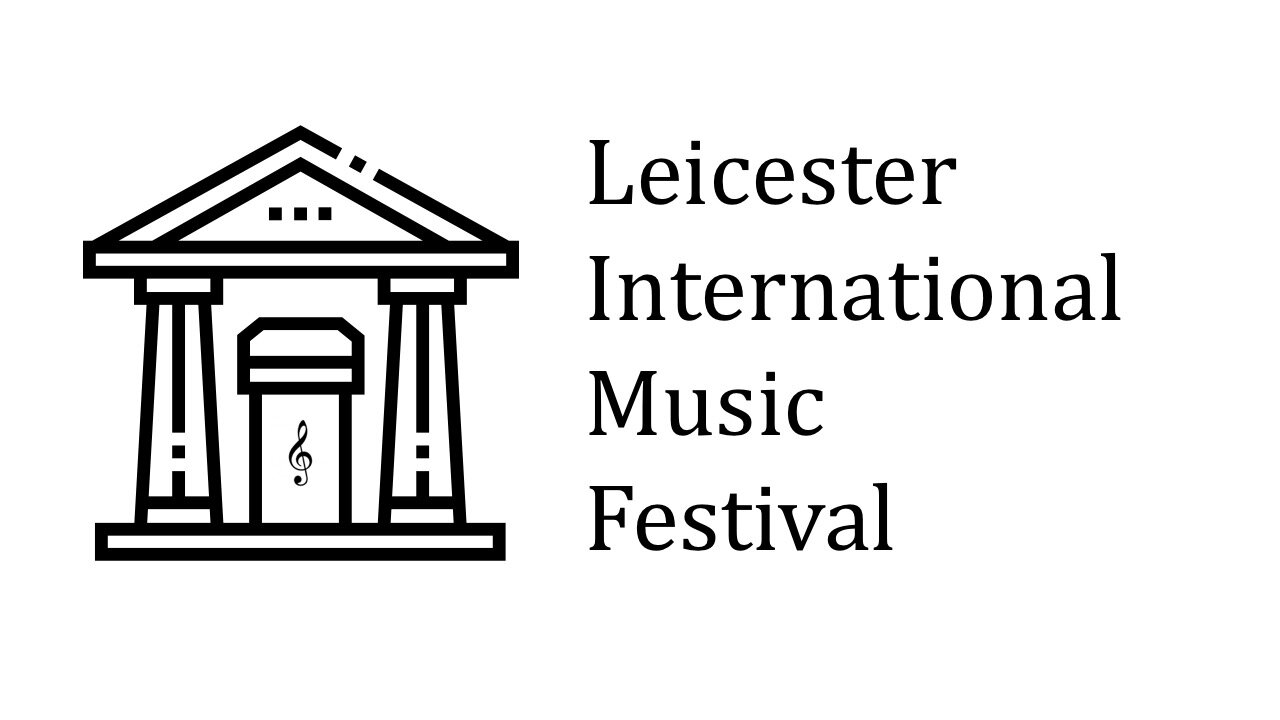Escher String Quartet, 15 October 2015
Programme notes
String Quartet in E minor, Op 44, No 2: Felix Mendelssohn (1809-1847)
1. Allegro assai appassionato
2. Scherzo. Allegro di molto
3. Andante
4. Presto agitato
Mendelssohn’s teenage compositions include two outstanding string quartets, Ops 12 and 13, written in 1827, but he did not return to the medium for another ten years. Although it was placed second in the published order, the E minor was the first of the three Op 44 quartets to be written, in the early summer of 1837, shortly after his marriage to Cécile Jeanrenaud. The first performance, the following November, was given by the quartet led by Ferdinand David, the leader of the Leipzig Gewandhaus Orchestra, who was to give the première of Mendelssohn’s E minor Violin Concerto eight years later.
The E minor Quartet has often been compared to the concerto; they not only share the same key, but also open in a similar way, with a soaring violin melody over an agitated accompaniment, though the start of the quartet is rather less expansive and more urgent in feel. A vigorous linking passage takes us to the major-key second main theme, rhythmically similar to the first, but offering emotional contrast through its suave, ingratiating manner.
The second movement is one of those fleet, ethereal scherzos which were a Mendelssohn speciality. There is no formally distinct trio section, but about half-way through the viola has a smoother contrasting theme, which it repeats near the end just before the music vanishes into thin air.
The andante overflows with gentle lyricism. No doubt realising how easily it could lapse into cloying sentimentality, Mendelssohn added a note to the score warning the players not to take it too slowly. The song-like main theme unfolds over an undulating accompaniment which continues almost unbroken throughout the movement.
A taut rhythmic urgency underpins the energetic finale’s opening theme. This forward drive continues through the second main theme, broad in outline but tense in its melodic details, and is maintained right up to the quartet’s forceful conclusion.
String Quartet in A minor, Op 51 No 2: Johannes Brahms (1833-1896)
1. Allegro non troppo
2. Andante moderato
3. Quasi minuetto, moderato – allegretto vivace – tempo di minuetto
4. Finale. Allegro non assai
Just as Brahms was wary about approaching the composition of his first symphony, so he was equally hesitant in producing his first string quartets. His claim that he destroyed twenty quartets before releasing one which completely satisfied him may be an exaggeration, but it illustrates the ruthless self-criticism which led him to withhold from performance and publication anything he felt did not measure up to the great classical Viennese tradition that he was devoted to maintaining.
The first chamber works for strings alone which he allowed to appear in public date from 1862 and 1866. These were his two sextets, a medium for which there were no important and inhibiting precedents. He began work on his first published string quartets, the two works of Op 51, by at least 1869. After being played through and revised a number of times they were finally completed four years later.
It often happened in Brahms’ career that when two works appeared together, or in fairly quick succession, the second was a more lyrical contrast to the first. Where the C minor Quartet, Op 51 No 1, is strenuously tragic, its A minor companion generally has a less urgent, more ruminative air to it. The first movement’s widely arching opening theme is marked by Brahms’s very personal kind of veiled warmth, while the undulating second theme has a more lilting, genial quality.
The gentle, faintly melancholy principal theme of the andante (in part, almost a slowed-down echo of that earlier undulating theme) is abruptly overtaken by the movement’s more passionate middle section. For Brahms, the Hungarian gypsy style was usually a way of creating a mood of high-spirited relaxation. This is one occasion when it shows, instead, a wilder, more passionate heart beneath his customary reserve. With its canon between the first violin and cello, and its tremolando inner parts, this is the most emotionally intense passage in the entire quartet.
The opposite emotional pole is touched in the third movement, in the light, scurrying A major music which alternates with the opening wistful dance.
The finale is vigorous and energetic, with something of Brahms’ more extrovert gypsy manner, and though it is not particularly relaxed in mood, it is full of the kind of syncopations and rhythmic ambiguities he liked to explore. The air of rather stern exuberance eventually eases into a quiet A major passage, before the tempo picks up again for the lively, but still relatively serious, final bars.
© Mike Wheeler, 2015
